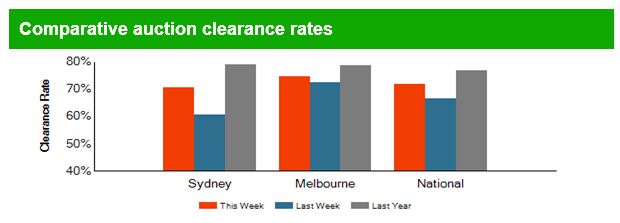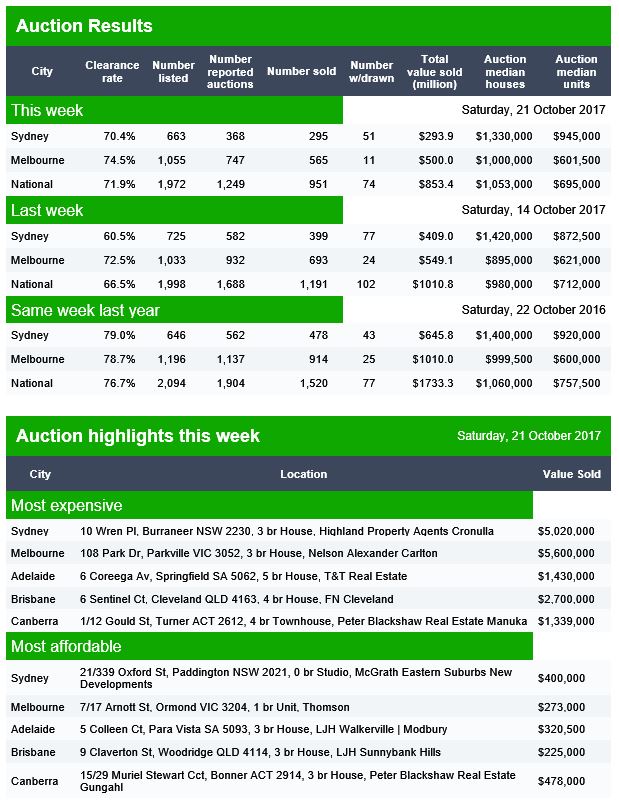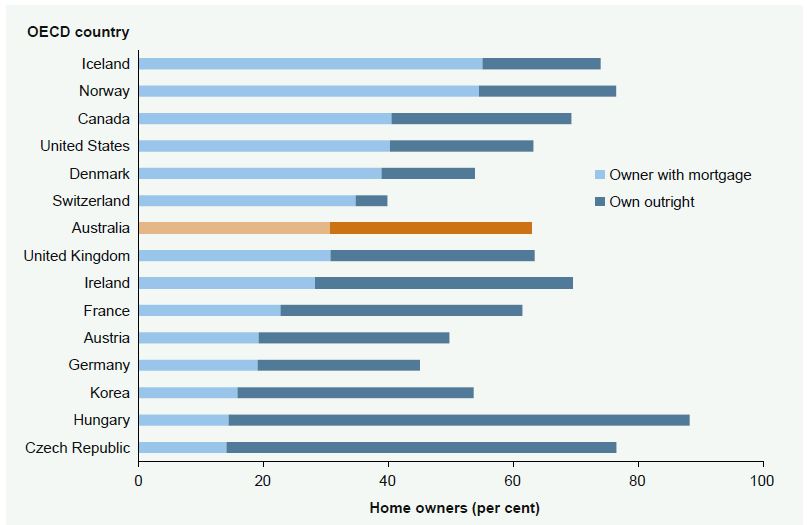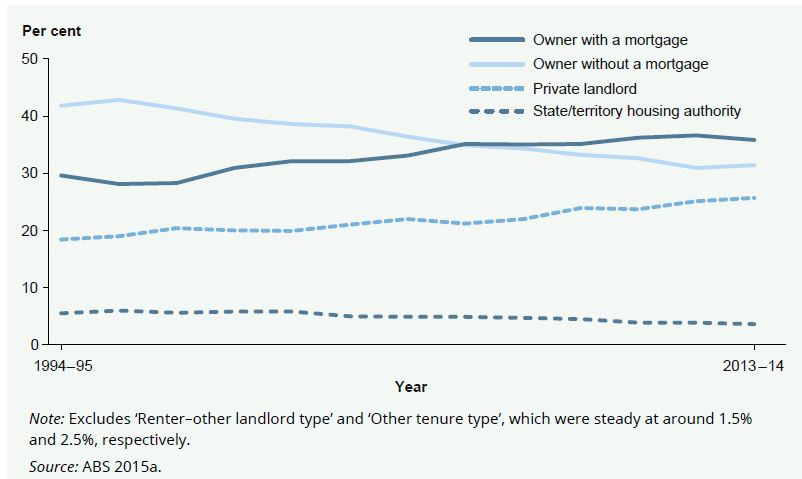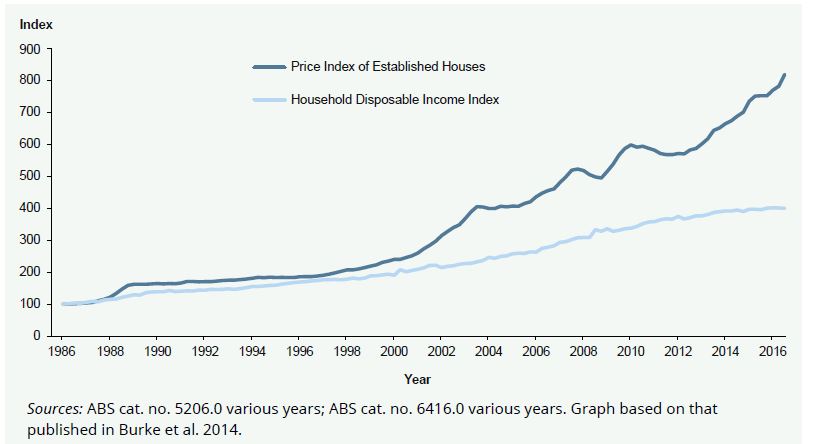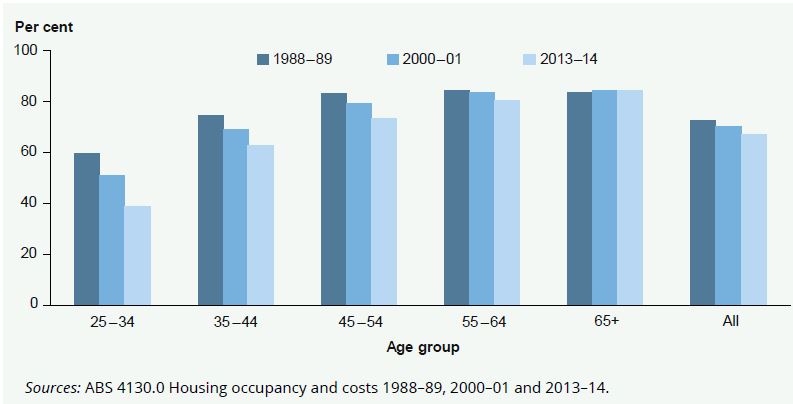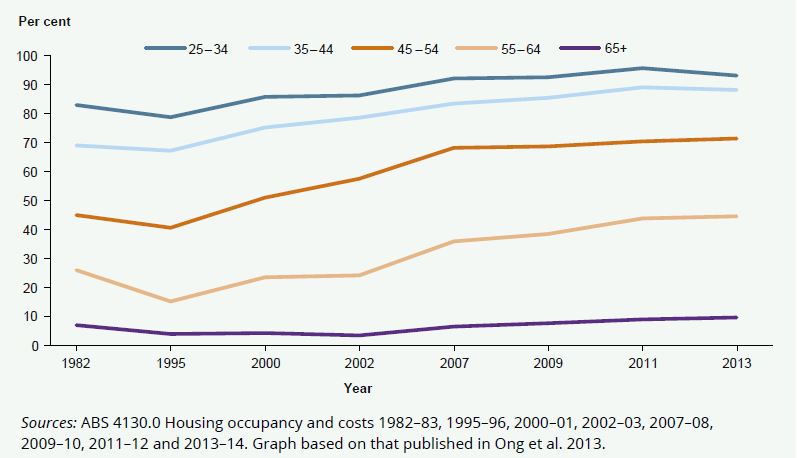It’s pretty common nowadays to see the likes of the Reserve Bank of Australia or the Australian Bureau of Statistics issue warnings about the size of Australian household debt. The reason is that the consequences of poor financial decisions often reach far wider than an individual or family.
The global financial crisis showed us how rapidly financial contagion can spread – one person’s debt is another person’s asset, so when the debt is written off so is the asset. However, there has been little improvement in financial literacy in the wake of the financial crisis, the lack of which was one of the underlying causes.
For instance, surveys just prior to the global financial crisis revealed that many Americans taking out home loans either did not read their loan documents or did not understand them. This meant that, in many cases, they did not understand that they were signing teaser loans where the interest rate starts out very low but increases after a few years.
This lack of financial literacy combined with predatory lending caused the subprime loan crisis, the precursor to the full blown financial crisis.
What is financial literacy?
Financial literacy refers to the ability to make sound financial decisions based on knowledge, skills and attitudes, taking into account personal circumstances.
Low financial literacy is particularly concerning in home loans. In an alarming parallel to the United States before the financial crisis, roughly one third of interest-only mortgagees do not understand that their repayments make no inroads into their debt, and that their interest rates will jump considerably after the interest-only period of the loan has expired.
But it isn’t just that low financial literacy increases risk. It is also important for achieving a productive economy. Economic efficiency requires borrowers to not only have good information but to understand it. This allows them to weigh up the costs of borrowing with the benefits that they expect to receive.
If the information is distorted, either deliberately by lenders or through the misunderstanding of borrowers, they will miscalculate the benefits and capital in the economy will be misallocated. Economists call this market failure, a lot of which occurred in the housing market in the United States before the global financial crisis.
Financial literacy isn’t improving
Evidence suggests that financial literacy has not improved since the global financial crisis, and may have gotten worse.
A survey of adult financial literacy in Australia found that in 2014 the number of people who could actually recognise an investment was “too good to be true” – for example a financial asset promising to pay a return much higher than the going return on similar assets and for no greater risk – had actually declined, to 50% from 53% just three years earlier.
The survey also found that those who recognised that good investments (something with relatively low risk) may fluctuate in value fell to 67% from 74%.
But financial literacy education must also go hand in hand with general literacy and numeracy. The Productivity Commission found that 14% of the adult population had relatively low literacy skills in 2011-12. This is defined as being able to, at best, locate basic information from simple texts but being unable to evaluate truth claims or arguments.
The report also found 22% of the population had low numeracy skills, meaning that they can count, add and subtract and do other basic arithmetic. But they cannot understand statistical ideas, mathematical formula or analyse data.
In other words, a significant proportion of the Australian adult population are not equipped to understand the effect of an interest rate increase on their loan repayments, or understand a loan document that includes an interest rate increase after an initial period.
Fixing the problem of financial illiteracy cannot wait until people are in the throes of negotiating home loans and credit cards. And it should definitely take place before Australians resort to pay day loans.
This was the aim of the Australian Government’s National Financial Literacy Strategy, that ends this year. The strategy proposes a number of educational initiatives including embedding financial literacy in the school curriculum, a formal teacher training program, and development of educational resources and tools.
The strategy draws on similar steps that have been adopted by other countries and recommended by the Organisation for Economic Cooperation and Development (OECD).
The problem is that the curriculum is a crowded space. Financial literacy must compete with the latest fashions in school education as well as traditional curriculum content.
Fighting for curriculum space for financial literacy is a political exercise which governments must play hard. For example, by attaching serious funding to the achievement of financial literacy indicators at the school level, and training and certification for teachers. Increasing financial literacy isn’t just in the best interest of individuals, we all benefit from a more literate population.
Author: Professor of Economics and National Senior Teaching Fellow, Griffith University


